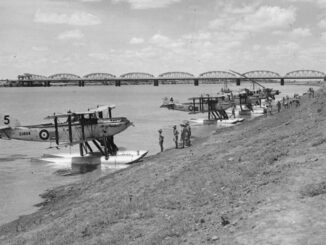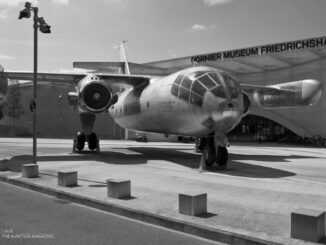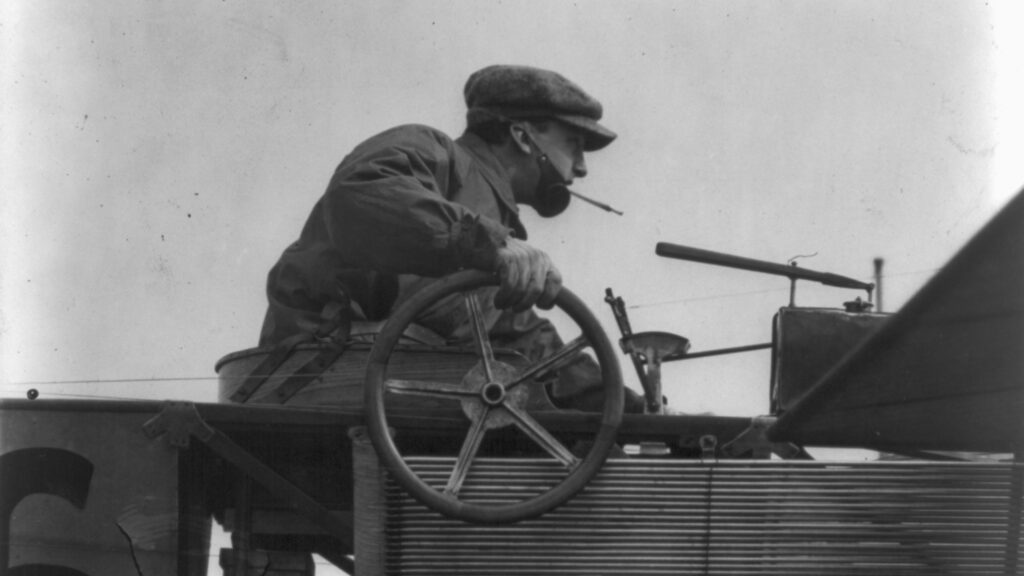 On 19th July 1909, the French aviation pioneer Hubert Latham, made the first attempt to cross the English Channel in heavier-than-air aircraft.
On 19th July 1909, the French aviation pioneer Hubert Latham, made the first attempt to cross the English Channel in heavier-than-air aircraft.
Arthur Charles Hubert Latham was born on 10th January 1883, in Paris, France. He came from a rich family of French bankers and English merchants and lawyers.
Since his young age, Latham was craved for adventure. In 1905, he accompanied his cousin, Jacques Faure, in a night balloon crossing of the English Channel. Later that year, Latham became a successful power boat racer and competed in Monaco Regatta. In 1906, he went on an exploratory exhibition to Abyssinia. Two years later, Latham´s journeys led him to the Far East.
After returning to France, Latham had an opportunity to witness Wilbur Wright during his flying displays at Le Mans in August of 1908. The aircraft intrigued the French adventurer enough to spark the desire of becoming a pilot.
Fortunately enough, Latham´s distant cousins, Jules Gastambide and Léon Levavasseur, already had an established aviation company, named Antoinette. He knew them well, as it was Levavasseur who developed the boats and engines Latham used for racing. And exactly in late 1908, the company introduced into market its first monoplane.
In February of 1909, Latham began his flying course, being taught by the Antoinette company pilots. The beginnings were very difficult, and it took many weeks for the young cadet to control the aircraft. Actually, Latham was not dismissed from the pilot´s course only through the intercession of Levavasseur.
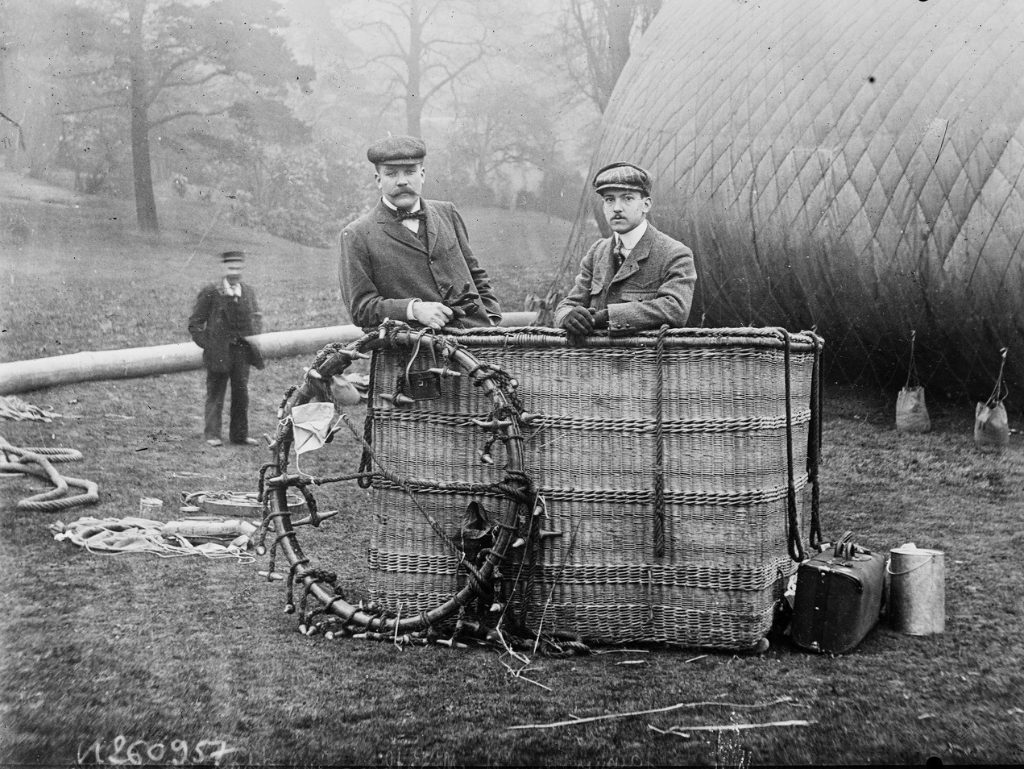
Finally, it turned out that that the Antoinette designer was right. Latham slowly but surely gained his flying experience and soon became one of the most successful pilots at the time. He participated in several aviation meetings and shows in Europe and the United States, set several aviation records and gained reputation of the best Antoinette pilot in the world.
Yet in 1909, Latham was appointed the chief instructor of the first French military flying school, run by Charles Wachter, Levavasseur´s brother-in-law. Among his cadets there were Marie Marvingt, the first woman to fly combat missions, and Infante Alfonso, Duke of Galliera, the first military pilot in Spain.
It was also the time Latham set several aviation records, such as the European non-stop flight duration record at 1 hour and 7 minutes (in May of 1909). He also won many prizes, as for example Prix Ambroise Goupy Latham was awarded for flying a straight-line course of six kilometres in 4 minutes and 13 seconds (in June of 1909).
Those records assured Latham that Antoinette aeroplane is able to spend about one hour in the air and, as a result, prompted him to participate in the Daily Mail competition to fly across the English Channel.
On 9th July 1909, Latham officially informed the Daily Mail editor about his intention to cross the Channel. Shortly after, he was followed by Comte Charles de Lambert in Wright Flyer and Louis Blériot in Blériot XI monoplane. The three aviators set camps on the French coast of the English Channel and waited for the favourable weather.
Latham postponed his flight several times, due to the weather conditions, and finally decided to take-off on 19th July. Regrettably, after only thirteen kilometres of flight, his Antoinette IV suffered engine failure and the French aviation pioneer ditched into the Channel waters. The aircraft remained afloat and soon after Latham was rescued by the French military vessel. Later, the powerplant of the Antoinette was examined and it was found that a stray piece of wire in the engine was the reason of its malfunction.
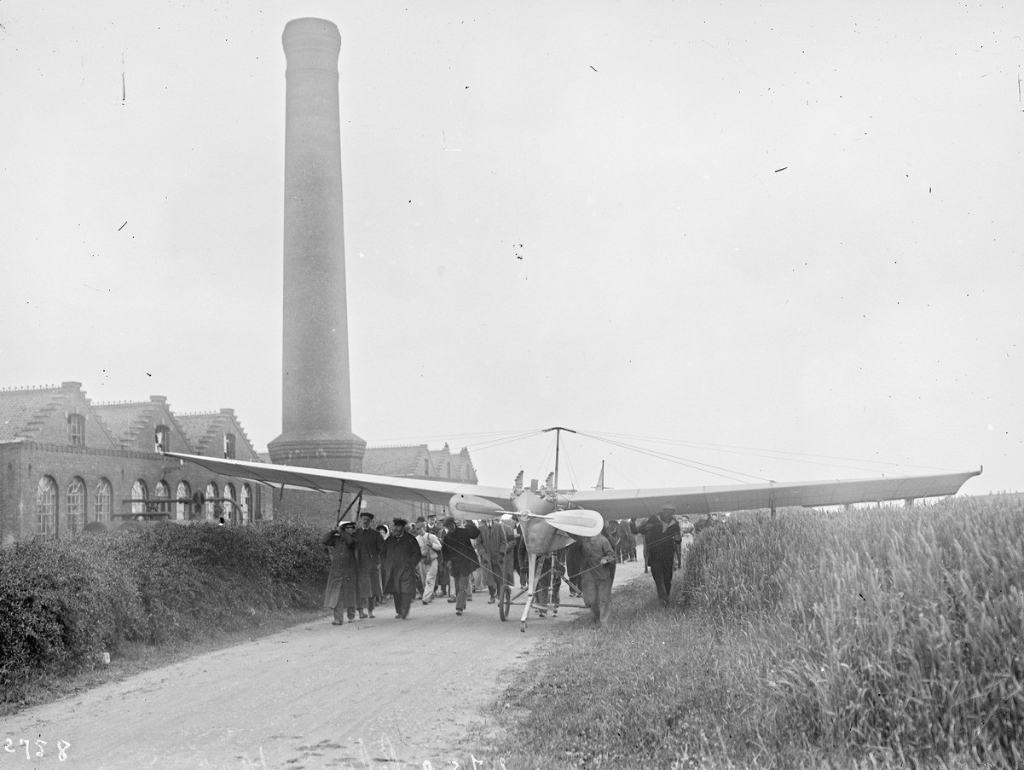
Undaunted, Latham acquired another aircraft, the newest Antoinette VII, which arrived on 21st July. He tested it briefly and waited for the fair weather to make another crossing attempt.
However, it was the Blériot´s team to note a break in the weather during the early morning of 25th July. Blériot jumped into his aeroplane in a dare and, at 4:41 a.m., took-off for the first successful crossing of the English Channel (more information about Louis Blériot can be found in our article issued in July of 2022 – 1st July 1872 – Louis Blériot is born) It may sound a cliché but Latham, Levavasseur and the rest of the team literally slept over their opportunity to make an aviation history.
The Daily Mail later reported that Levavasseur was awaken at the time Blériot left the French coast. He alarmed Latham and the rest of the team but at the time they made the aircraft ready to fly and chase Blériot, the weather closed in.
Eventually, Latham made the second attempt two days later, on 27th July. He almost reached Dover when another engine failure forced him to land the Antoinette on the sea. Regrettably, this time it was not a smooth landing – the aircraft was seriously damaged, and Latham suffered some injures. Although he was determined to make the third attempt, owners of the Antoinette company did not agree for Latham to make any more flights across the Channel.
An interesting fact is that all those flights and records, as well as Latham´s job as the chief instructor, were performed without an official French pilot´s license. He received it only on 17th August 1909, with the number 9.

Over the next years, Latham continued his flying career, participating in aviation events with Antoinette aircraft and setting even more world records. In 1910, he set two altitude records, climbing to 3,600 feet (1,100 m) in January and then to 4,541 feet (1,384 m) in July. Yet in the same year, he set World Airspeed Record of 48.186 mph (77,548 kph), flying the Antoinette VII.
In December of 1911, Hubert Latham went on another adventure expedition to Africa. It was speculated that the French government assigned Latham the task to evaluate the possibility of arranging some airfields in the French Congo area, but it was never confirmed officially.
On 25th June 1912, in the middle of his African expedition, Latham was reported dead. The reason of his death was not satisfactorily determined until today. The official record indicates a wild buffalo attack but there were also rumours he was murdered by one of his porters.
Despite a loss in the Channel crossing competition, Hubert Latham made his mark in aviation history. He was the first to land an aeroplane on water and the first pilot to be rescued by a ship. In addition, he was the first to make several aviation stunts, such as lighting a cigarette during the flight (with no hands on the controls) and hunt wild fowl from an aeroplane (a feat he did during aviation meeting in Los Angeles).
Regrettably, his legacy is almost forgotten nowadays. Latham was commemorated in France by some monuments and a few streets named after him. He was also the model for Auguste, the main character of Man of the World novel by Layne Maheu. Hubert Latham is also mentioned in that story directly, acting as Auguste´s flight instructor.
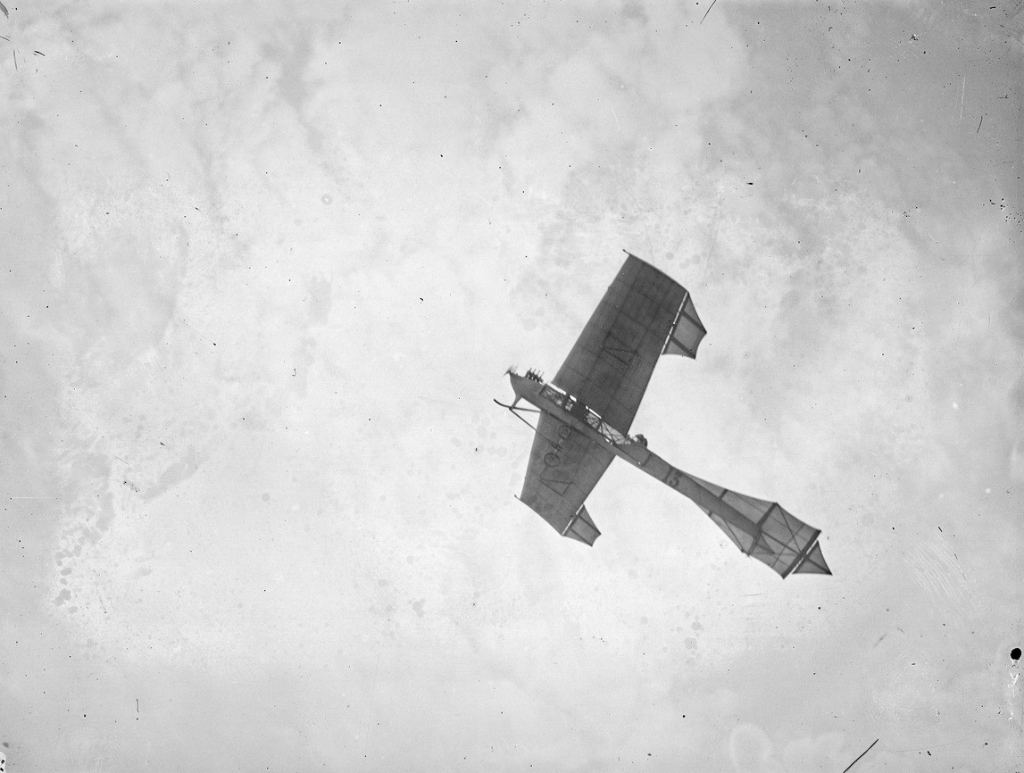
Cover photo: Hubert Latham in his Antoinette, c. 1911 (Library of Congress, LC-USZ62-15076, cropped)

